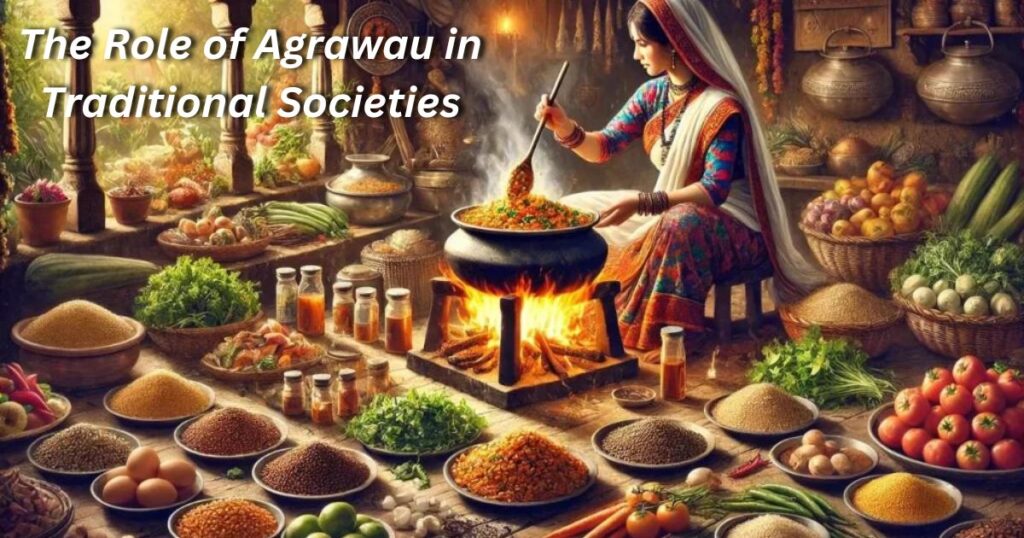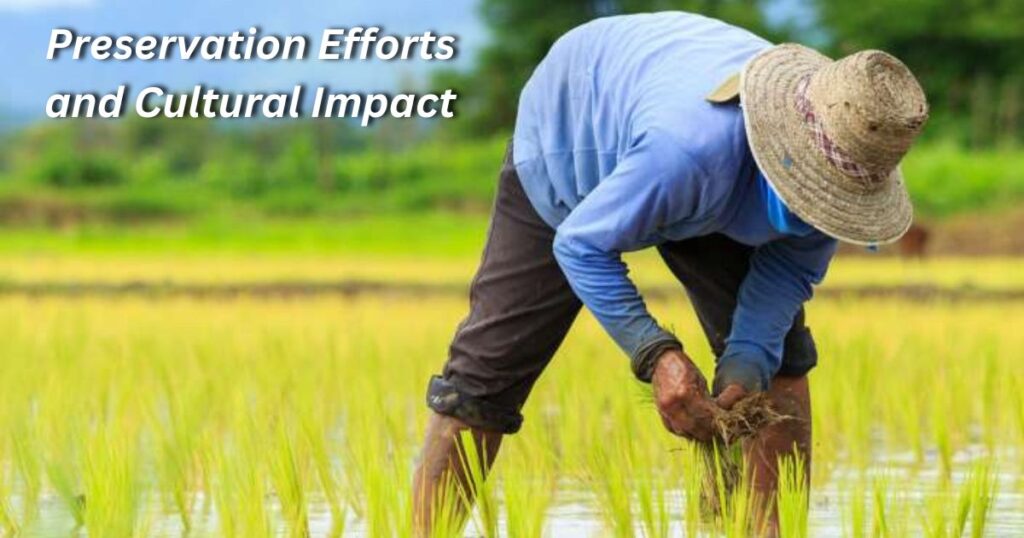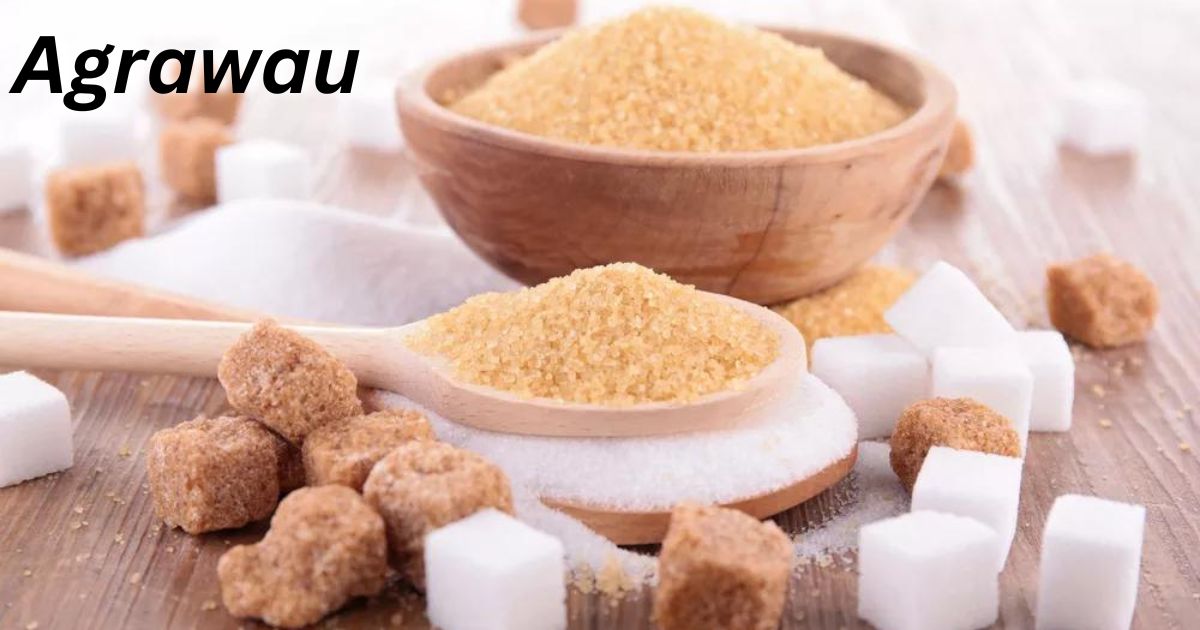Introduction to Agrawau
Agrawau, a term that resonates with deep cultural significance, has woven itself into the fabric of numerous societies across the globe. This ancient practice, steeped in tradition and spirituality, continues to captivate and influence communities in the modern world. As we embark on this journey to unravel the mysteries of Agrawau, we’ll explore its roots, evolution, and enduring impact on both traditional and contemporary societies.
Agrawau isn’t just a ritual or a celebration; it’s a living, breathing embodiment of cultural heritage. It serves as a bridge between the past and the present, connecting generations through shared experiences and values. In today’s fast-paced world, where traditions often fade into obscurity, Agrawau stands as a testament to the resilience of cultural practices and their ability to adapt to changing times.
History and Origins of Agrawau
The origins of Agrawau can be traced back centuries, rooted deeply in the practices of indigenous tribes. These early societies recognized the importance of marking seasonal changes and honoring the natural world around them. Agrawau emerged as a way to celebrate the cycles of nature, particularly the times for planting crops and harvesting.
As agricultural societies developed, Agrawau evolved to include reverence for ancestral spirits. It became a means of seeking blessings for bountiful harvests and protection from natural calamities.
This spiritual dimension added layers of meaning to the practice, transforming it from a simple agricultural ritual into a complex tapestry of beliefs and customs.
Oral traditions played a crucial role in preserving and passing down the knowledge of Agrawau through generations. Elders would gather the young, sharing stories that not only entertained but also educated about the significance of Agrawau in maintaining communal bonds and ensuring the community’s survival.
Archaeological findings have provided tangible evidence of Agrawau’s historical importance. Artifacts discovered at ancient sites often include:
- Ceremonial tools used in Agrawau rituals
- Pottery with Agrawau-related symbols
- Stone carvings depicting Agrawau celebrations
These discoveries offer valuable insights into how Agrawau was practiced in different regions and eras, highlighting its widespread influence and adaptability.
The Role of Agrawau in Traditional Societies

In traditional societies, Agrawau serves as a cornerstone of cultural identity and social cohesion. It’s not merely an event but a way of life that permeates various aspects of community existence. The practice of Agrawau reinforces social bonds, providing a shared experience that unites people across generations.
One of the most significant aspects of Agrawau is its role in storytelling. Elders take center stage during Agrawau celebrations, passing down wisdom and knowledge through tales that have been carefully preserved over centuries. These stories often contain moral lessons, historical accounts, and practical advice, serving as an informal education system for younger generations.
Agrawau also plays a vital role in spiritual practices within these communities. It’s seen as a time when the veil between the physical and spiritual worlds thins, allowing for deeper connections with ancestral spirits and natural forces. This spiritual dimension adds depth and meaning to the celebrations, making Agrawau more than just a festive occasion.
In agricultural societies, Agrawau is intimately tied to the rhythms of nature and farming cycles. It marks important milestones in the agricultural calendar, such as:
- Planting seasons
- Harvest times
- Periods of rest for the land
These celebrations help to structure the community’s year and provide a sense of continuity and stability.
Contemporary Uses and Celebrations of Agrawau
As societies have evolved, so too has the practice of Agrawau. In contemporary settings, particularly urban environments, Agrawau has taken on new forms while still maintaining its core essence. Modern celebrations often blend traditional elements with innovative approaches, making Agrawau accessible and relevant to younger generations.
Workshops have become a popular way to educate people about Agrawau and its significance. These sessions often include:
- Lessons on traditional Agrawau practices
- Hands-on experiences with Agrawau-related crafts
- Discussions about the cultural importance of Agrawau
Social media has played a crucial role in revitalizing interest in Agrawau. Platforms like Instagram and TikTok have become spaces where people share their Agrawau experiences, creating virtual communities centered around this tradition. This digital presence has helped to:
- Raise awareness about Agrawau
- Connect practitioners across geographical boundaries
- Showcase modern interpretations of Agrawau rituals
Culinary events focusing on traditional foods associated with Agrawau have gained popularity. These events not only celebrate the flavors of Agrawau but also serve as a means of cultural exchange and education. Chefs often put modern twists on traditional recipes, demonstrating how Agrawau can evolve while still honoring its roots.
Misconceptions and Stereotypes Surrounding Agrawau
Despite its rich cultural significance, Agrawau has not been immune to misconceptions and stereotypes. Many of these misunderstandings stem from a lack of knowledge or exposure to authentic Agrawau practices. Some common misconceptions include:
| Misconception | Reality |
| Agrawau is only for elderly people | Agrawau involves all age groups and is crucial for generational continuity |
| Agrawau is a single, uniform practice | Agrawau varies greatly across different cultures and regions |
| Agrawau is outdated and irrelevant | Agrawau continues to adapt and remain significant in modern society |
Addressing these stereotypes is crucial for preserving the true essence of Agrawau and ensuring its continued relevance in contemporary society. Education and cultural exchange programs play a vital role in dispelling myths and promoting a more accurate understanding of Agrawau’s cultural significance.
Preservation Efforts and Cultural Impact

The preservation of Agrawau is of paramount importance to many communities and cultural organizations. Efforts to safeguard this rich tradition take various forms, from grassroots initiatives to government-backed programs. Some notable preservation efforts include:
- Documentation of oral histories related to Agrawau
- Creation of Agrawau cultural centers and museums
- Integration of Agrawau studies into educational curricula
These preservation efforts have a profound cultural impact, helping to:
- Strengthen community identity
- Foster intergenerational connections
- Promote cultural diversity and understanding
As Agrawau gains recognition on national and international stages, its influence extends beyond its original communities. It serves as a powerful example of how traditional practices can remain relevant and vital in the modern world.
Traditional Practices and Customs
At the heart of Agrawau are its traditional practices and customs, which vary across different cultures but share common themes. These rituals often involve:
- Ceremonial dances: Intricate choreographies that tell stories and honor ancestors
- Special attire: Clothing and adornments with symbolic meanings
- Ritual offerings: Gifts presented to deities or ancestral spirits
Music plays a central role in Agrawau celebrations, with traditional instruments and songs passed down through generations. The rhythms and melodies of Agrawau music often have deep spiritual significance, believed to facilitate communication with the divine or ancestral realms.
Read This Post: Retro Bowl 3kh0: Reliving the Classic Football Era
Modern Adaptations and Changes
As Agrawau enters the 21st century, it continues to evolve and adapt to changing societal norms and technologies. Modern adaptations of Agrawau include:
- Virtual Agrawau ceremonies conducted via video conferencing platforms
- Fusion of traditional Agrawau music with contemporary genres
- Eco-friendly versions of Agrawau rituals that emphasize environmental conservation
These adaptations demonstrate the resilience and flexibility of Agrawau, showing how cultural practices can remain relevant by embracing change while maintaining their core values.
Conclusion
Agrawau stands as a testament to the enduring power of cultural traditions. From its ancient origins to its modern-day manifestations, Agrawau continues to play a vital role in shaping identities, fostering community bonds, and preserving cultural heritage. As we look to the future, the challenge lies in balancing the preservation of Agrawau’s core essence with its natural evolution in a rapidly changing world.
By understanding and appreciating the depth and complexity of Agrawau, we not only honor the cultures that have nurtured this tradition but also enrich our own lives through cultural diversity and shared human experiences. As Agrawau continues to adapt and thrive, it offers valuable lessons in resilience, community, and the timeless importance of connecting with our roots.

Welcome to the heart of our website! The Admin Dashboard is your command center, where you can manage all aspects of the site effortlessly. Here, you’ll find intuitive tools for content management, user analytics, and system settings. Customize, control, and optimize your site experience with a few clicks. Whether you’re updating content, monitoring traffic, or fine-tuning user permissions, everything you need is right at your fingertips. Dive in and take charge!









